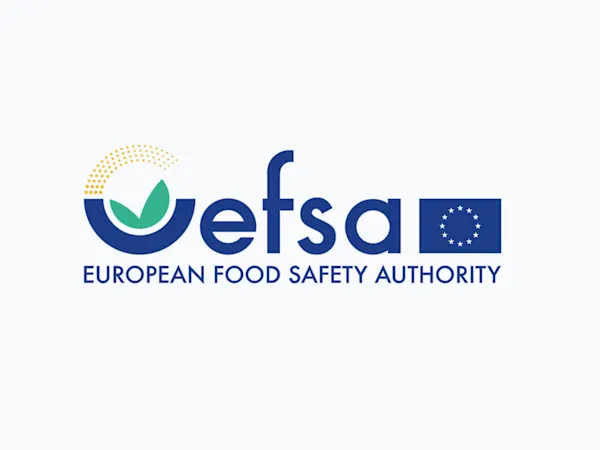
EFSA Seeks Feedback on Overhaul of Weight of Evidence and Biological Relevance Guidance
EFSA launches consultation on updating its Weight of Evidence and Biological Relevance guidance, aiming to streamline chemical risk assessment practices.


The Council of the EU and the European Parliament have reached a provisional agreement on the "One Substance, One Assessment" (OSOA) package. Finalised on 12 June 2025, the deal consolidates how chemical safety assessments are conducted across EU legislation. It introduces a unified data platform, clearer inter-agency roles, and increased transparency—developments with direct implications for manufacturers, importers, regulators, and researchers across the chemicals value chain.
At the heart of the agreement is the creation of a common data platform, a “one-stop shop” for comprehensive information on chemicals. Managed by the European Chemicals Agency (ECHA), the platform will collate data on chemical hazards, uses, environmental impacts, and exposure levels—including findings from biomonitoring studies such as levels detected in blood and breast milk.
Crucially, this platform will not only integrate regulatory data but will now include information on chemicals found in consumer products and safer substitutes for substances of concern. This marks a step forward for those seeking to develop or transition to safer, sustainable alternatives.
Stakeholders will also be required to notify studies conducted for regulatory purposes, reducing duplication and bolstering transparency in safety evaluations.
A second regulation in the package redistributes scientific and technical responsibilities across the ECHA, EFSA, EMA, and EEA. This aims to avoid assessment duplication and ensure coherent hazard evaluations across sectors such as food, medical devices, and environmental health.
The reform introduces a mechanism for early warning on emerging chemical risks, enabling quicker regulatory intervention. This aligns with the EU’s Zero Pollution vision for 2050, strengthening Europe’s proactive stance on chemical safety.
The third legislative action amends Directive 2011/65/EU (RoHS Directive), aligning it more closely with the REACH Regulation. This includes involving ECHA’s scientific committees in the evaluation of both new restrictions and exemption requests for hazardous substances in electrical and electronic equipment.
For manufacturers, this harmonisation means streamlined processes, fewer regulatory conflicts, and better predictability.
The political agreement must still be formally adopted by the European Parliament and Council. Once published in the EU Official Journal, the package will enter into force after 20 days. Implementation timelines for the data platform and biomonitoring studies are expected to be phased in over the next four years.
Foresight continuously tracks 1000s of sources and maps updates to your portfolio:




EFSA launches consultation on updating its Weight of Evidence and Biological Relevance guidance, aiming to streamline chemical risk assessment practices.

The Netherlands refines its list of potential ZZS chemicals to better align with EU assessments, boosting early detection and regulatory foresight.

Germany's CONMAR-Impact study sets new environmental quality standards for TNT in marine ecosystems, raising industry-wide compliance questions.
Subscribe to Foresight Weekly and get the latest insights on regulatory changes affecting chemical compliance.
Free forever. Unsubscribe anytime.
Read by professionals at